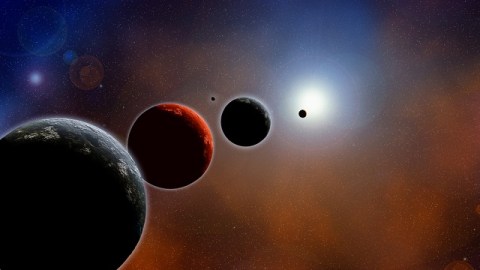Redefining The Goldilocks Zone

What’s the Latest Development?
A new definition of the habitable “Goldilocks” zone — the region in which a solar system’s planets could retain water in its liquid state — could potentially change which of the many recently discovered exoplanets might be considered candidates for supporting life. The definition was adjusted based on updated data from two databases that give the absorption parameters of carbon dioxide and water, both of which influence exoplanet atmospheres. Though the change is slight, astronomer Abel Méndez says that it could be significant: “Many of those planets that we believe were inside are now outside….[and] a few planets that are farther away might fall inside the habitable zone now.”
What’s the Big Idea?
The original definition of the habitable zone was created by Penn State researcher James Kasting about 20 years ago, long before exoplanets were discovered. Interestingly, the new definition — 0.99 – 1.7 astronomical units — places Earth very close to the inner edge of the zone. Kasting was one of the astronomers participating in the redefinition process, which will appear in a paper to be published in an upcoming issue of the Astrophysical Journal.
Photo Credit: Shutterstock.com





